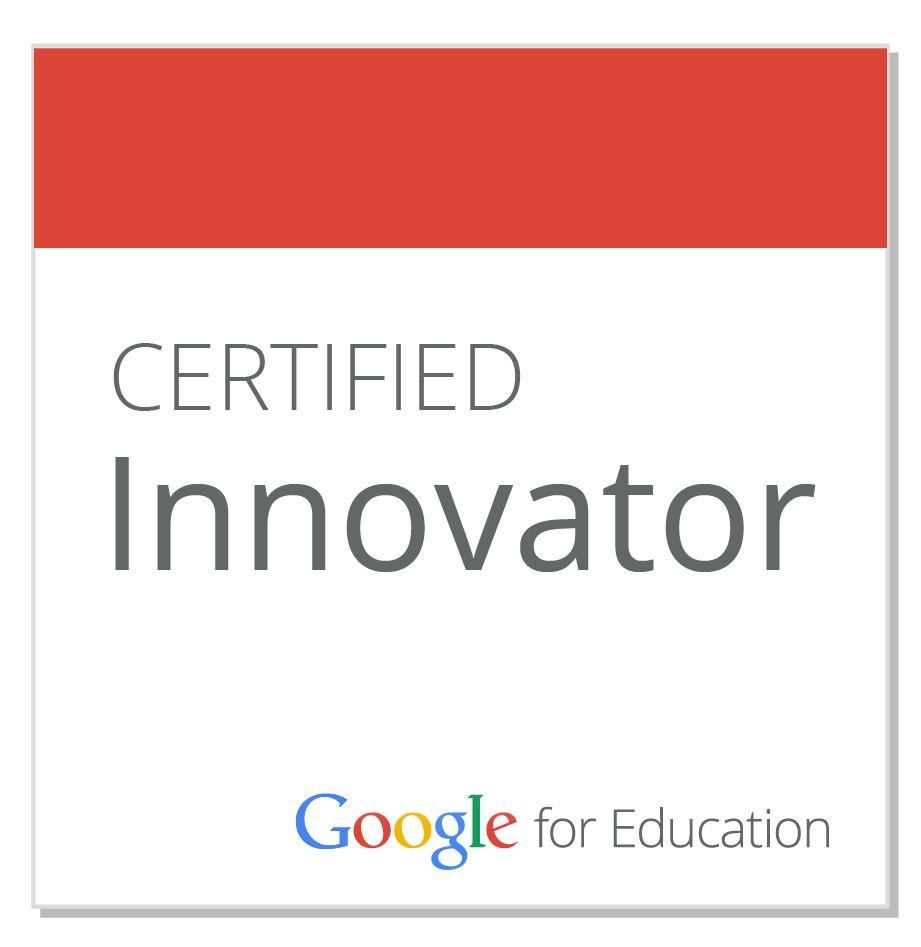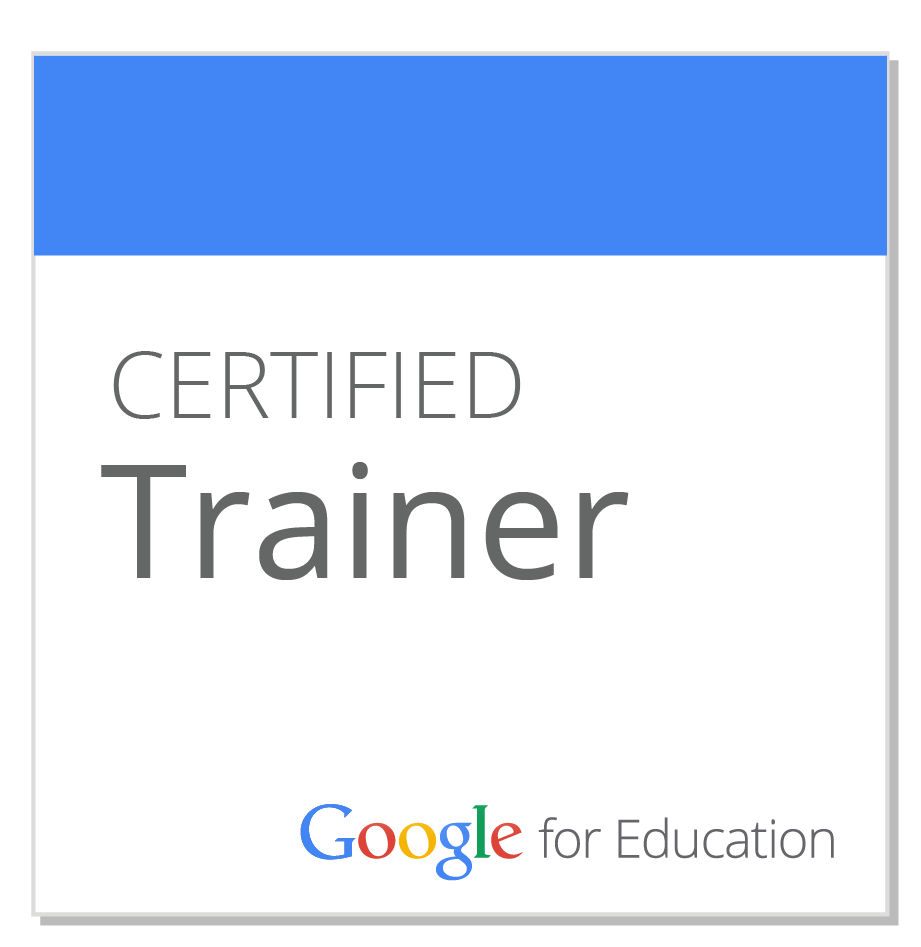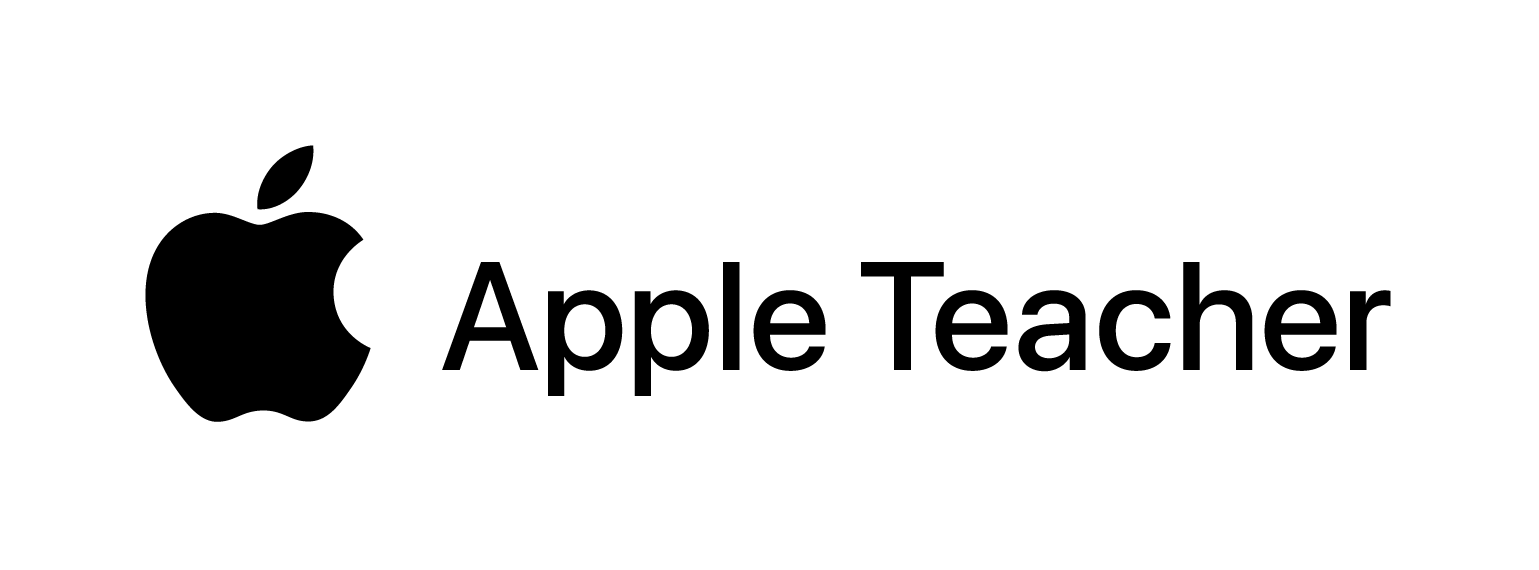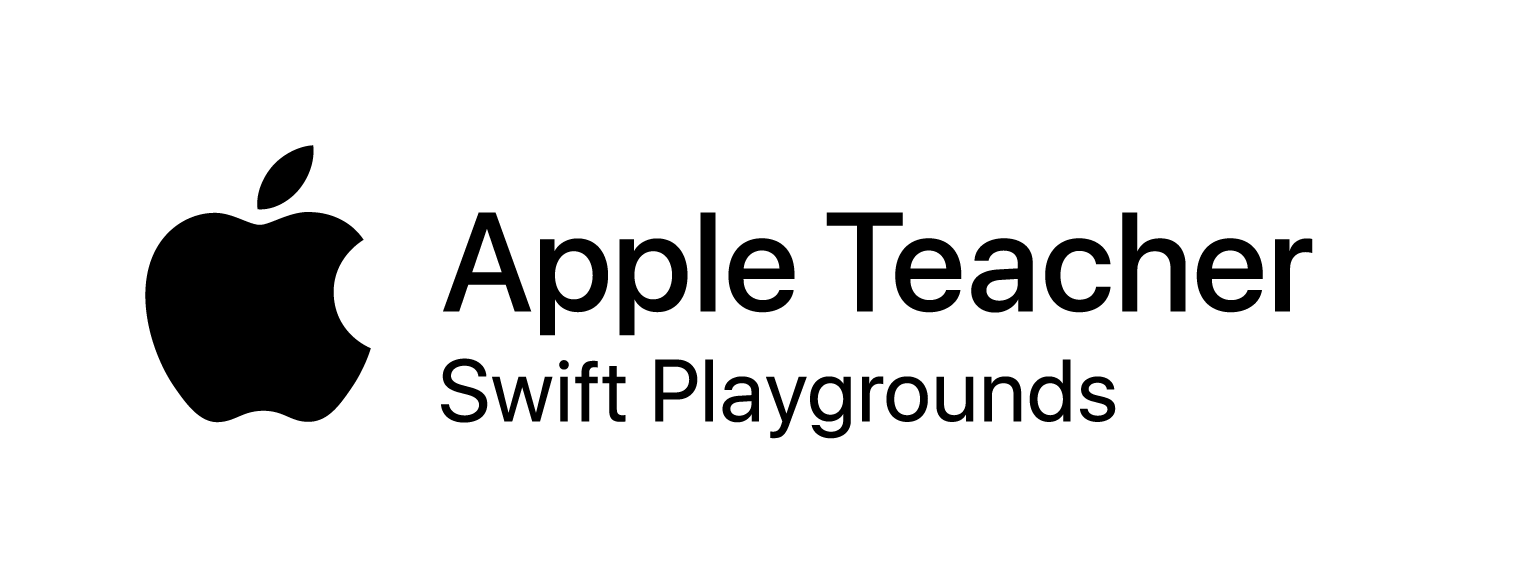 Class Meeting, completely run by Grade 3/4 students
Class Meeting, completely run by Grade 3/4 students “How do you empower student voice in your classroom or school?”
At first, I thought this was an easy answer: I share.
But maybe, just maybe, it’s more than that. I finally landed on this: I help to build communities in which my students and teachers are empowered to share, too. This is necessary before sharing even begins. And truthfully, it’s something I’ve always been passionate about.
In my classroom, I allow students to govern the rules and regulations of the environment through weekly Class Meetings. Students learn to listen to one another, to empathize, to consider frustrations from another’s shoes, and to work to make the environment better for all involved. Students also are in charge of leading the daily activities, jobs, and regular routines such as opening, calendar, shape of the day, line-ups, and more. Every student gets opportunities to lead; in fact, they make rules about making sure it’s all done fairly in class meeting! They get to see the iterations of their governance in action, which validates their voices.
Students also create content unique to their understandings and thinking, and are provided with the choice to share them beyond the walls of our classroom. Public sharing allows them to learn how to be positive digital citizens when blogging and using social media. Technology makes it easy to break down the walls and amplify the stories of positivity that our communities hear about their children. And they - the community and the students - love to interact with one another online and in person to practice those skills, too.
If students have something to contribute and can see their ideas reverberate in practice, they feel validated as contributors to that community. Sharing those stories simply changes the audience that sees those ideas.









 RSS Feed
RSS Feed
